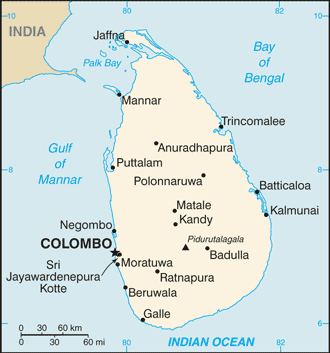Investing in Sri Lanka


Sri Lanka is engaging in large-scale reconstruction and development projects following the end of the 26-year conflict with the LTTE, including increasing electricity access and rebuilding its road and rail network. Additionally, Sri Lanka seeks to reduce poverty by using a combination of state directed policies and private investment promotion to spur growth in disadvantaged areas, develop small and medium enterprises, and promote increased agriculture. High levels of government funding may be difficult, as the government already is faced with high debt interest payments, a bloated civil service, and historically high budget deficits. The 2008-09 global financial crisis and recession exposed Sri Lanka's economic vulnerabilities and nearly caused a balance of payments crisis, which was alleviated by a $2.6 billion IMF standby agreement in July 2009. The end of the civil war and the IMF loan, however, have largely restored investors' confidence, reflected in part by the Sri Lankan stock market's recognition as one of the best performing markets in the world. Sri Lankan growth rates averaged nearly 5% in during the war, but increased government spending on development and fighting the LTTE in the final years spurred GDP growth to around 6-7% per year in 2006-08. After experiencing 3.5% growth in 2009, Sri Lanka's economy is poised to achieve high growth rates in the postwar period.
Central Bank of Sri Lanka - http://www.cbsl.lk/
Colombo Stock Exchange - http://www.cse.lk/
Shell Sri Lanka - http://www.shell.com/home/Framework?siteId=lk-en
Learn more:
Back to Country Investing



